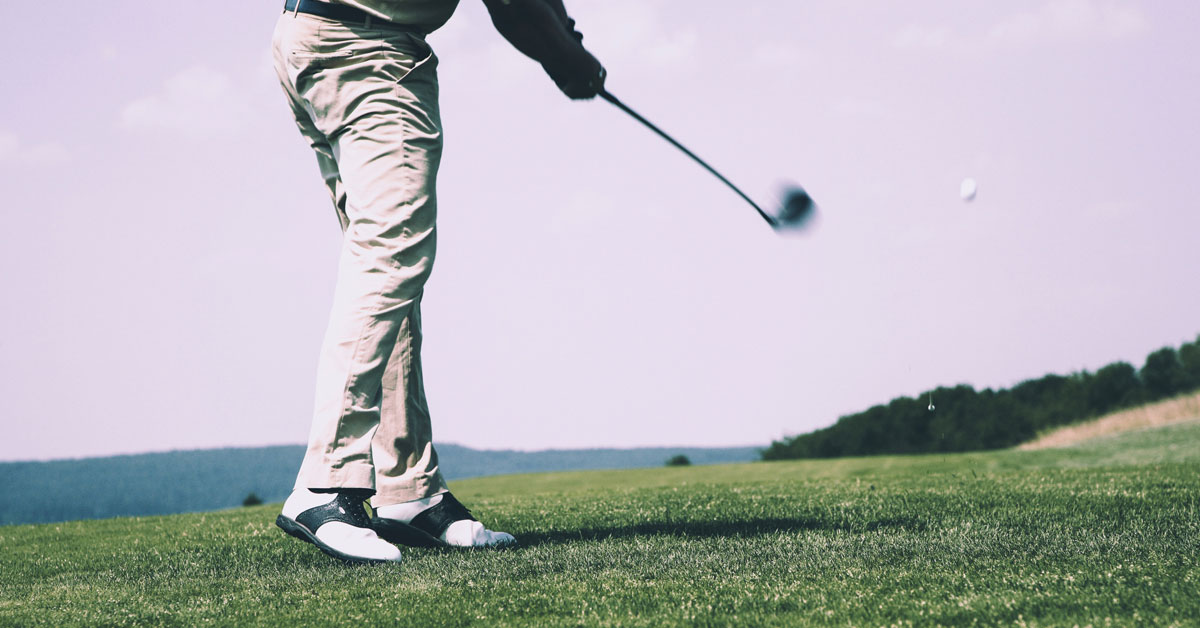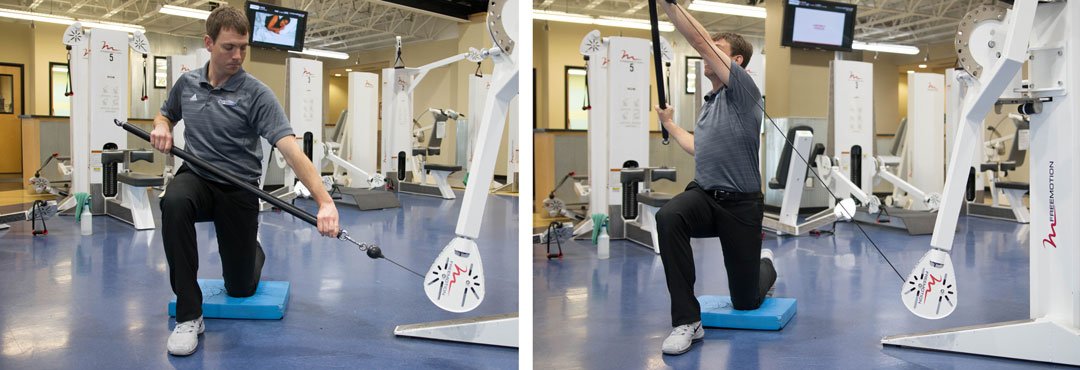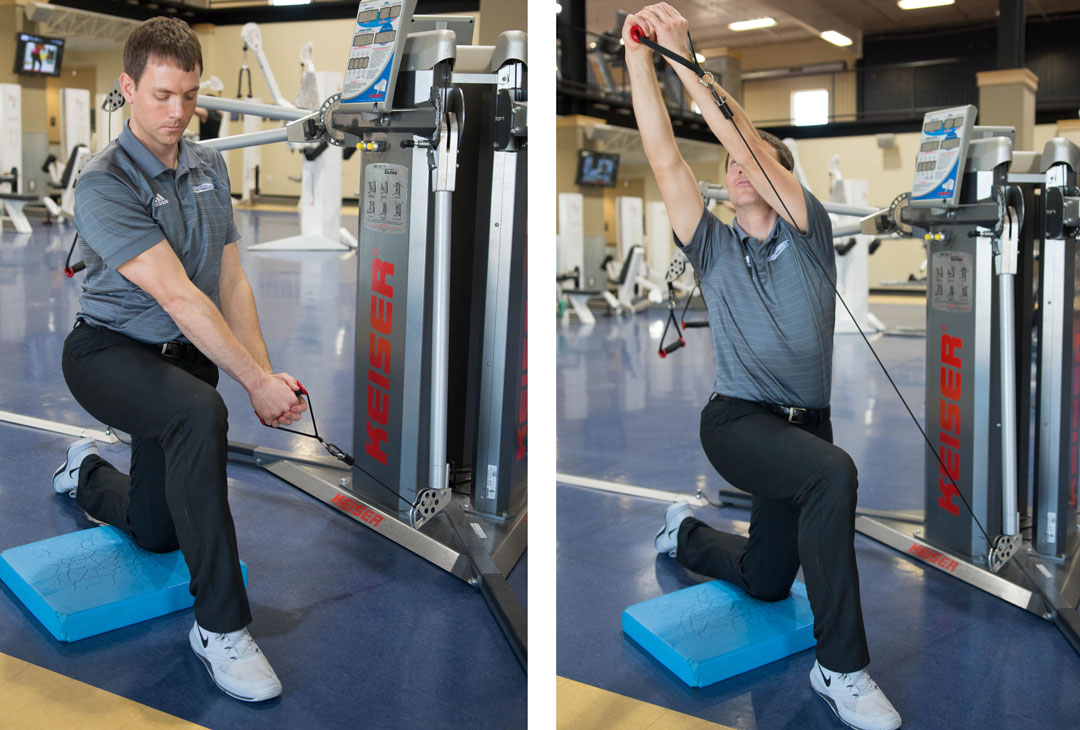Fitness Results in Golf Performance

Since the mid-90’s when Tiger Woods burst onto the golf scene, golf fitness has been revolutionizing the sport. Prior to Tiger’s complete physical and mental dominance of the late ‘90s it was not believed that fitness level impacted a golf game. In fact, many believed that if you became stronger, you would have increased tightness and limited ability to swing the club.
The fact is, that if you train correctly, you can become stronger and more powerful without sacrificing mobility. Thus, the evolution of golf fitness!
Getting evaluated by a golf fitness professional can help you develop the optimal fitness program. A golf fitness evaluation consists of a physical evaluation to determine physical limitations that may impair your ability to swing efficiently and consistently. It also involves a swing analysis to determine your swing style which will help determine the most important exercises. Developing this appropriate exercise program will allow you to improve mobility, control, speed and power. It will also improve your overall level of heath and fitness and help prevent injury that may take away from our time spent on the course.
A good golf fitness program should be individualized to address mobility, motor control, stability, and strength limitations that are important for an efficient swing. It should also include functional strength training to improve balance, energy transfer, speed and power. Lastly, it should incorporate some golf specific drills to teach us to use the improvements in our swing. With improved overall fitness, the ability to swing the club should become more effortless and lead toward more consistent play.
Below are a couple good examples of exercises hat may improve your golf game. If you’d like a demonstration of these movements or want one of our certified fitness professionals to check your form, feel free to swing by (pun intended) and ask one of our Performance Therapy or Performance Health & Fitness staff members for assistance.
Half Kneeling Cable Chop
In half kneeling pull the cable across your body toward the down leg. Focus on staying tall, maintaining posture, and stabilizing your hips and trunk. For more difficulty narrow the width of your legs so the front leg is directly in front of the back leg.

Half Kneeling Cable Lift:
The exact opposite pattern of the chop. Stay tall, maintain posture and balance. Get a good lengthening reach at the top. Focus on stability at first with slow controlled reps. If you feel you have good balance and control you can work to increase the speed.

Both of the above exercises can be performed in an athletic or golf stance, but the kneeling position will challenge your stability more.
For more information on golf fitness, please contact us.
Scott Harms is a Certified Golf Fitness Instructor and Medical Specialist through the Titleist Performance Institute